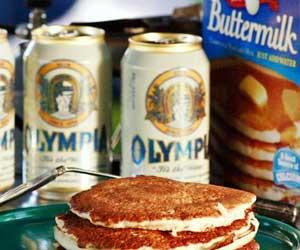
Here are the results from the 2009 Hard Liver Barleywine Fest in held at Brouwer’s Cafe in Seattle, Washington:
- 1st Place: Big Nugget ’07; Alaskan Brewing
- 2nd Place: Old Godfather ’06; Speakeasy Brewing
- 3rd Place: Cyclops ’06; Elysian Brewing
Congratulations to all the winners.




